Pneumatic Safety Regulators
Affordable, Tamper-Proof, Preset & Dependable
Looking for an easy way to protect tools, compressed air systems and personnel while limiting air use? The Protect-Air line of preset tamper-proof miniature safety regulators offers many options. These affordable Swiss-made regulators provide management and leadership teams with simple, cost-effective tools to protect employees and capital investments by reducing (and eliminating) potential damage from compressed air mishaps. They also offer solutions to directives on the safe use of pneumatic equipment issued by industrial standards organizations such as ISO, OSHA and others.
Ask Yourself These Questions
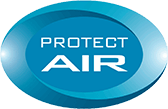
- Do you use compressed air?
- Do you operate pneumatic tools and equipment?
- Do employees constantly increase pressure to these pneumatic devices?
- Have you ever experienced a compressed air related injury?
- Would you like to guarantee personnel safety from compressed air accidents and increase tool service life?
If you answered yes to any of these questions, implementing these safety devices into your facility can protect your team against injuries and lost resources.
Have additional questions? Visit our FAQs below to look for your question.
-
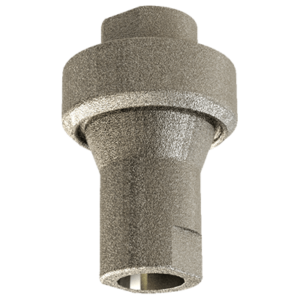
FluidReg Regulator for Water and Other Fluids
$51.00 – $76.00 Select options This product has multiple variants. The options may be chosen on the product page -
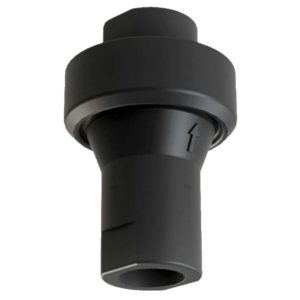
EcoReg Potable/Drinking Water Regulator
$47.20 – $53.00 Select options This product has multiple variants. The options may be chosen on the product page -
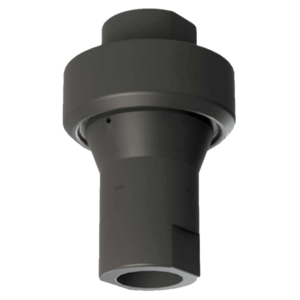
OxyReg Regulator for Oxygen Use
$59.20 – $60.00 Select options This product has multiple variants. The options may be chosen on the product page -
Sale!
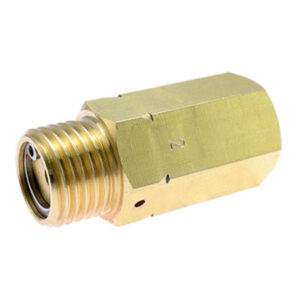
CartReg Regulator for Blow Guns and Pneumatic Tools
$17.00 – $26.00 Select options This product has multiple variants. The options may be chosen on the product page -
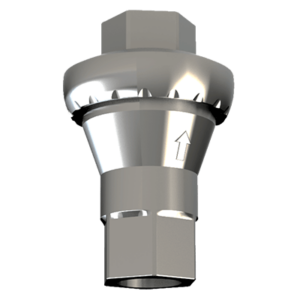
SaveAir® Regulator for Compressed Air Systems
$29.20 – $41.00 Select options This product has multiple variants. The options may be chosen on the product page -
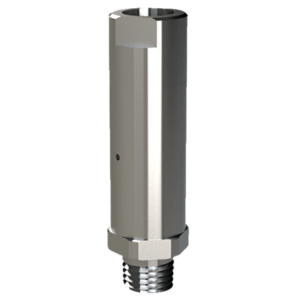
ToolReg® Compressed Air Tool Regulator
$53.20 – $169.00 Select options This product has multiple variants. The options may be chosen on the product page
Looking for an air fuse to shut off air in case of a ruptured or severed hose? The Protect-Air HoseGuard protects against hose whip.
-
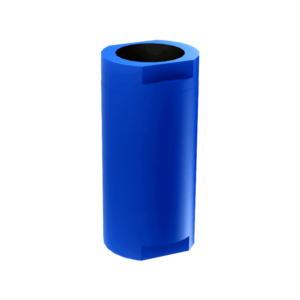
HoseGuard® Air Fuse
$25.20 – $439.00 Select options This product has multiple variants. The options may be chosen on the product page
Frequently Asked Questions
They work by reducing the air pressure supply to a lower outlet pressure, which is then maintained despite fluctuations in the inlet pressure. This process is called pressure equilibrium.
Sizing depends on the system’s maximum operating pressure, flow requirements, and the specific characteristics of the application. It’s essential to choose a regulator that can handle the maximum flow and pressure without over-sizing, which can lead to inefficiency and higher costs.
Yes, it’s important to ensure that the regulator is suitable for the application’s pressure and flow requirements to avoid malfunction and potential injury or equipment damage. Always follow the manufacturer’s guidelines and safety standards.
Compatibility depends on the specific regulator and gas. Always consult the manufacturer’s specifications to ensure the regulator is designed for the intended gas type.
Safety regulators have a maximum flow rate they can handle before losing effectiveness. Exceeding this limit can compromise safety functions. The flow capacity needs to be adequate for potential pressure relief scenarios.
Most safety regulators have standard port sizes and connection options for easy integration into existing pneumatic systems. Protect-Air regulators are all inline models. Consult each product’s installation guide for specific integration and installation instructions.
Signs may include but are not limited to inaccurate pressure readings or failure to activate during pressure surges. Regular maintenance can help identify and offset these issues before they become critical. See the manufacturer’s manual for recommended maintenance.
